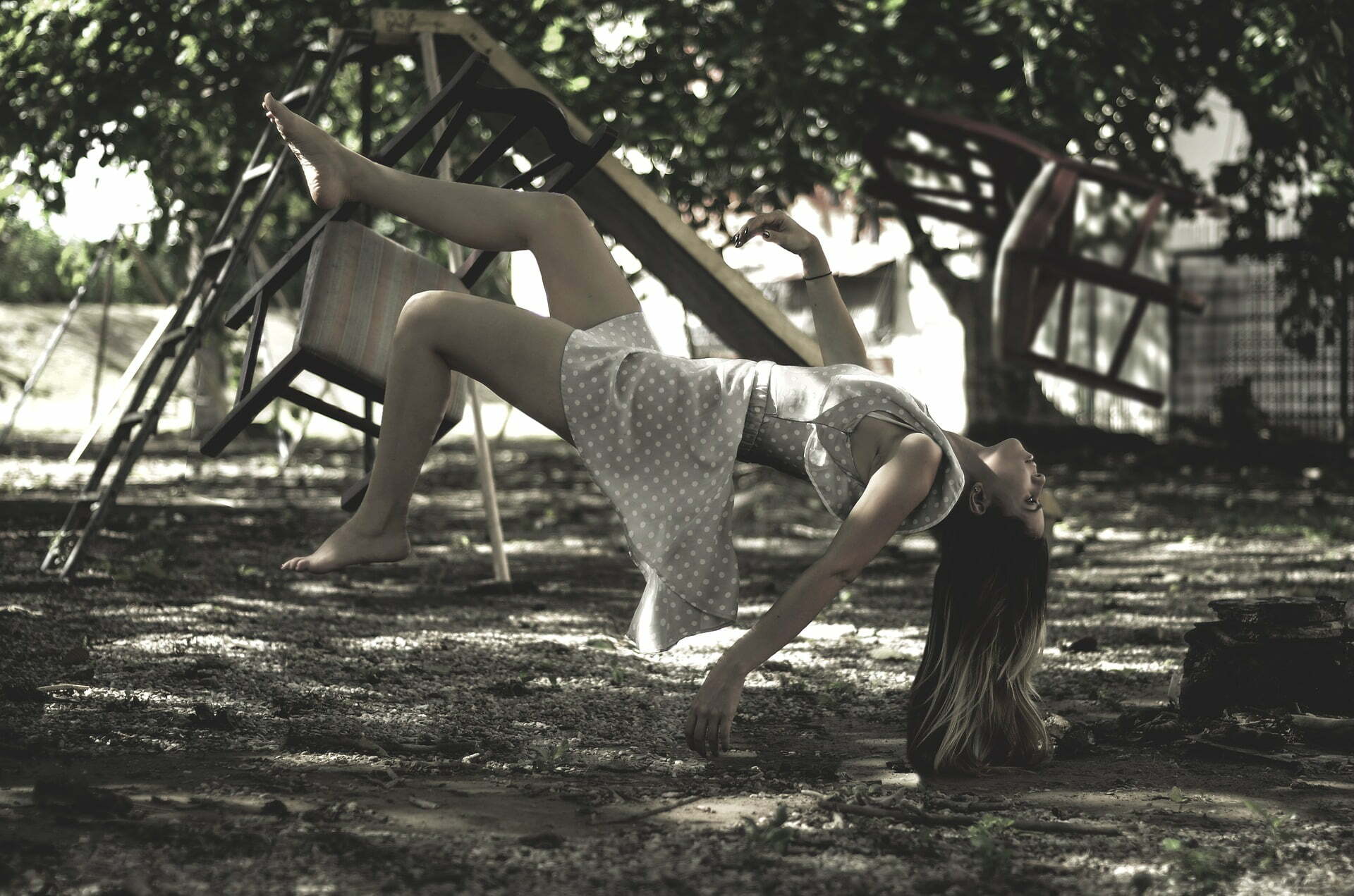
What Makes a Good Poem?
When you think of poetry, your mind might go to the classics. Perhaps to Homer’s The Odyssey or to Chaucer’s Canterbury Tales — both epic stories told in meter and reflected in the tropes of modern storytelling still used today.
Or maybe when you think of poetry your mind travels to the sonnets of Shakespeare and the religiosity of Donne’s work.
Perhaps you are like many who only recently discovered the beauty of poetry on Instagram, seeing the blaring white background of a poem in a picture, the black typewritten words of Rupi Kaur or Nikita Gill sitting on the screen.
Poetry has always provoked emotion. It pricks at the corners of our minds that long to feel. It wakes up sentiments in our hearts that have long been hiding under a pillow, attempting to ignore the alarm clock screeching to wake them up.
But what makes poetry work this way?
What makes ancient Italian sonnets as heart wringing as modern free verse? What brings readers back again to read the words of Emily Dickinson for the one hundredth time and elicits an audible gasp when hearing spoken word read aloud?
As the poetry editor of borrowed solace: a journal of literary ramblings, I have read a lot of poems. Each reading period, we receive hundreds of unsolicited poetry submissions for consideration. Much of the poetry is good. It fits the form of what a poem should be and uses intricate language, leaning on literary devices to create a vivid image. But not all of the poems we receive are great — we have about a 5% acceptance rate when all is said and done (which is quite high considering how few prose pieces are accepted.)
So what catapults a poem from the slush pile to the accepted pile with a note slapped on the side it’s a favorite of the bunch?
More often than not it’s what isn’t said.
With poetry, less is more.
Being able to evoke strong images and bring out even the most buried of emotions in the reader is a feature that I believe poetry excels at. That blaring white background is where the real work in poetry takes place. There’s more reading between the lines than ever in a poem — the actual words on the page are few and far between.
The poems that do not make it into the journal are the ones trying to tell a fiction or nonfiction story in poem form.
I don’t need the whole sordid tale to be included in a poem, I need the moments that make the heartbreak clear, the milliseconds of elated joy that leave the speaker speechless. I don’t need the whole story, I need the best (or worst) parts.
As someone who also writes poetry as well as prose, this can be hard. It’s often so much easier to spell everything out, to leave the “he saids” and the “she looked” in a poem that is trying to tell a story from start to finish. If you struggle with this, maybe the experience or topic you’re jittering to write about isn’t meant to be a poem. Maybe it wants to be a short story. Maybe it needs to be a personal essay.
Poets who succeed today at writing the best poems are not the ones writing epics in iambic pentameter. Maybe that’s an experiment worth attempting, but it’s not what will capture a reader’s spirit upon reading a sparse few stanzas.
Learn how to utilize what’s not said. Learn how to capture the moments and images that beg to be captured and leave the rest behind. Find the essence of what you want to record and record that essence, but leave behind the rest.
That is what makes for a good poem.





